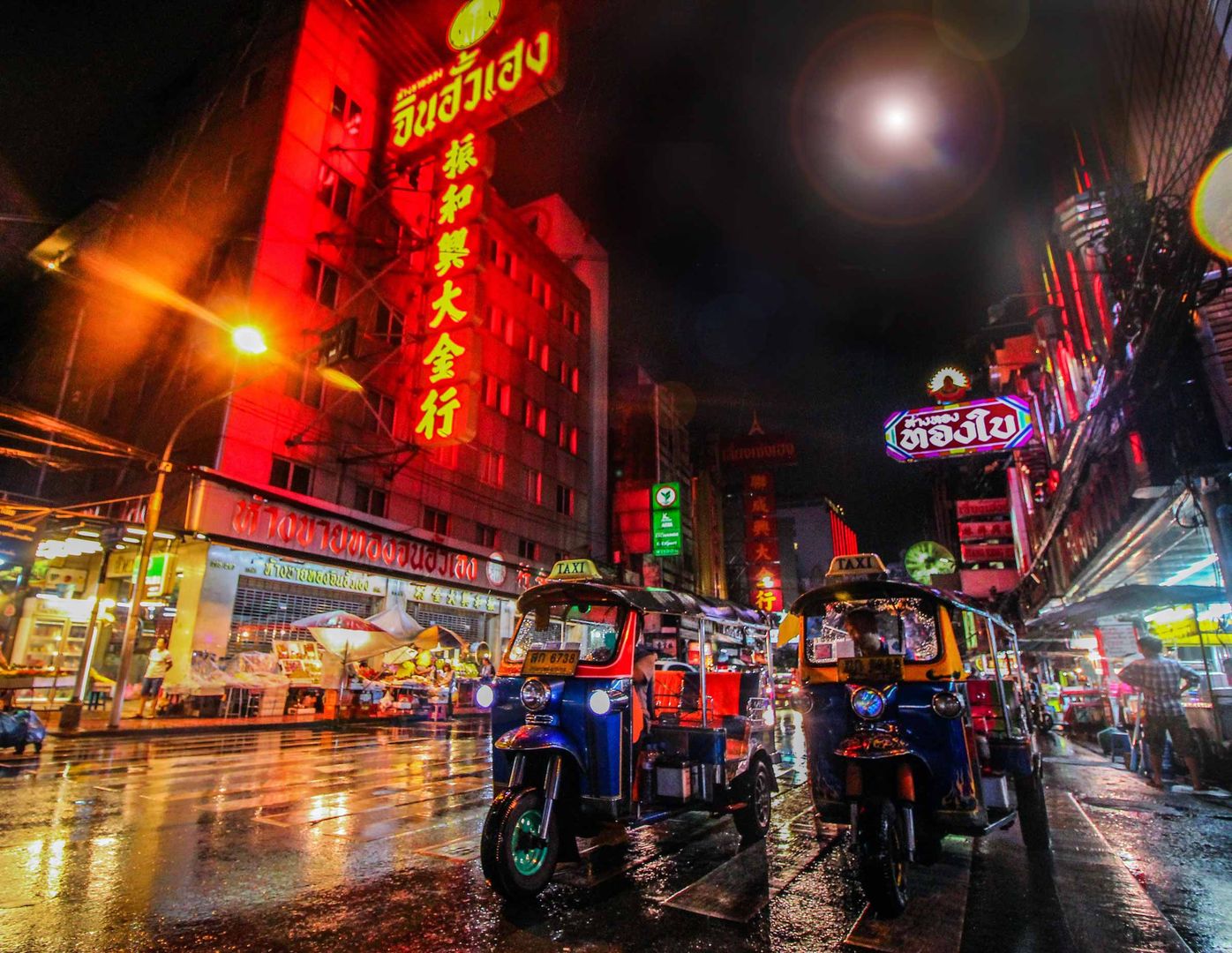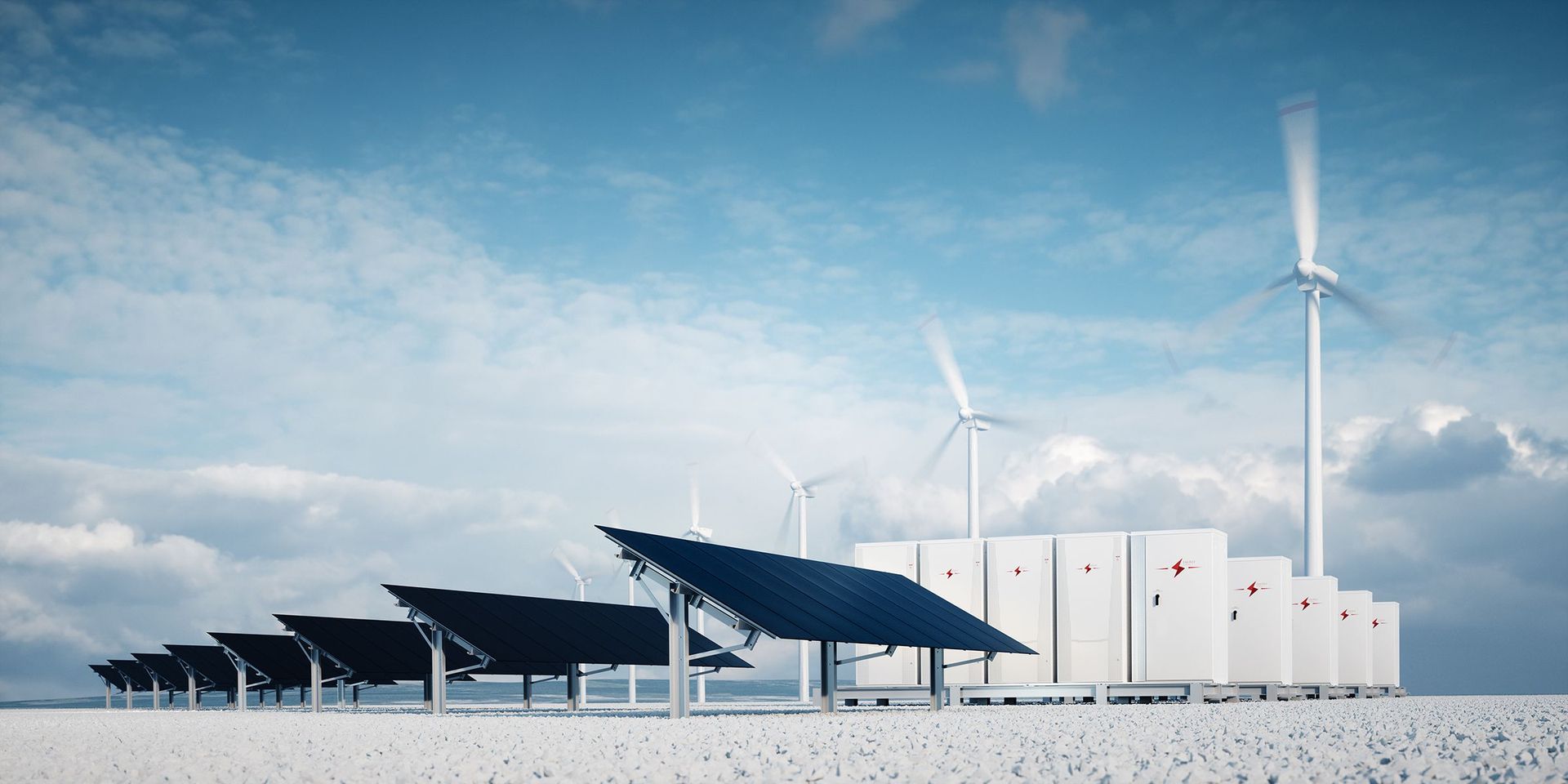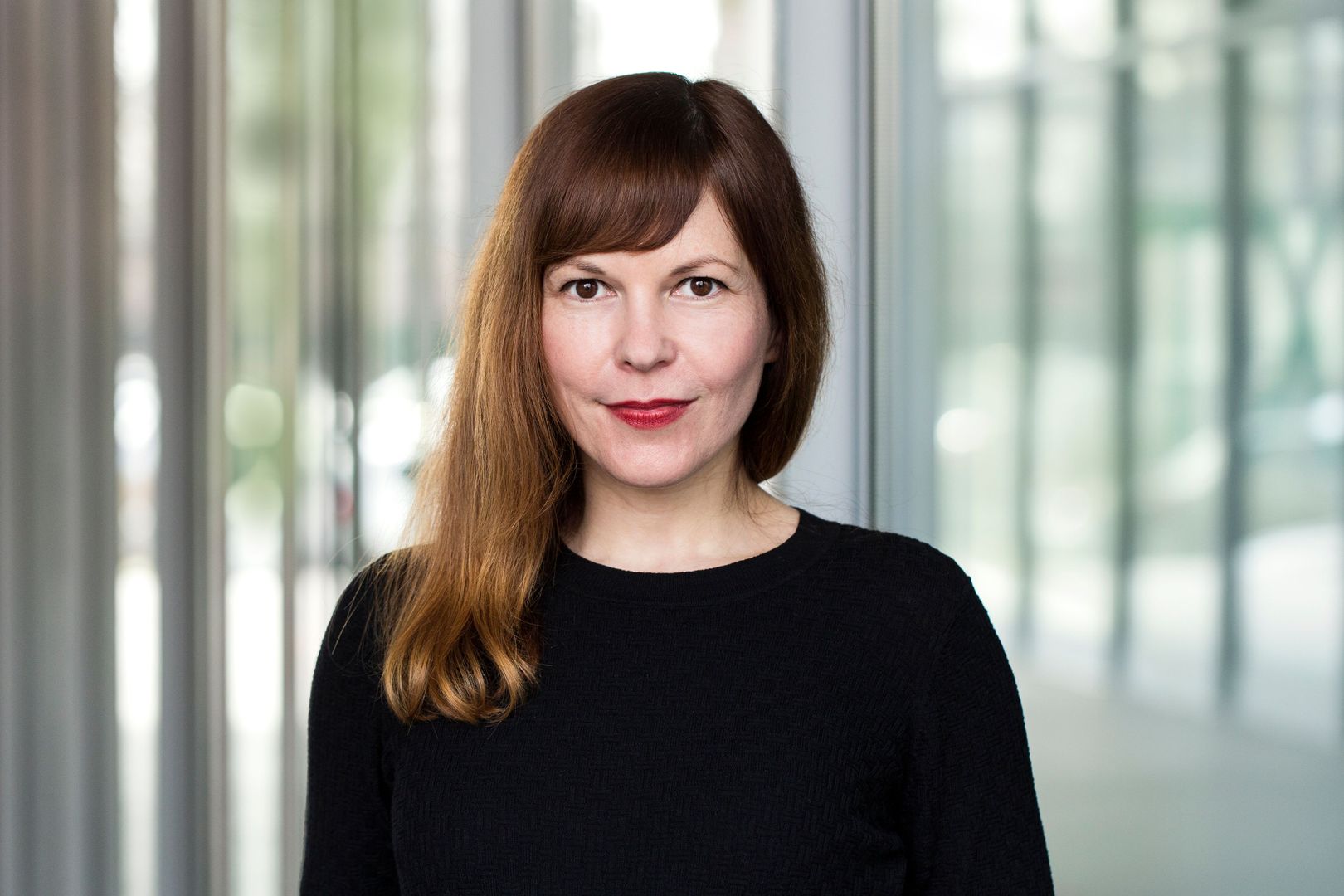Next Stop: Thailand
The journey to the world’s electricity markets continues: This time Felix Jedamzik and Tobias Romberg from our Business Development team were on the road in Thailand and report on their impressions.
Table of Contents

The journey to the world's electricity markets continues: This time Felix Jedamzik and Tobias Romberg from our Business Development team were on the road in Thailand and report on their impressions.
Verena Dubois: You held a VPP workshop in Bangkok. Tell us what that was all about.
Felix Jedamzik: A large power plant operator had invited us to present the potential of Virtual Power Plants. The workshop was about initiating innovations and developing possible use cases for VPPs. The company invests in renewable technologies, especially PV and wind. However, it was purely a pilot project, as no suitable market design exists at the moment.
Verena: How is the market organized?
Felix: Although the electricity market is liberalized with regard to generation, the supplier side is still de facto monopolistically structured. The state-controlled Electricity Generating Authority of Thailand (EGAT) is responsible for generation, grid operation, and supply to household customers. In addition, two large sub grid operators take care of the electricity supply contracts.
Read more
Verena: And how do renewables fit into this market design?
Tobias Romberg: At the moment, the share of renewables is still rather small at around 10 percent. But the expansion is being expedited - not least because the country wants to make itself less dependent on electricity imports. There is a state subsidy mechanism that is similar to our feed-in tariff system. Here the price of electricity is increased by a subsidy amount specific to the energy source. This incentive mechanism is particulary successful in the PV sector. There are also good prospects for bioenergy - both in the electricity and heat sectors.
Felix: A new concept with hybrid power plants is also exciting. This is a government-sponsored program that attempts to create microcells - for example from a PV system, a battery and a diesel generator. By combining different energy sources - supplemented by a limited degree of conventional generation - a pre-defined energy requirement is to be covered.
Verena: A miniature VPP, so to speak?
Felix: Yes, exactly. The energy sources must be harmonized with each other. In concrete terms, this means that if wind or PV generation is low, flexible conventional technologies will be used to achieve the required quantity - or that if generation is high, a battery will be used as an intermediate storage device. VPP tools could also be helpful in the management of these individual plants. Forecasting is outsourced to the power plant operator.
Verena: Who is buying the electricity?
Tobias: There is no electricity exchange in Thailand to trade electricity. The supplier EGAT is virtually the only customer. In the case of microcells, this should look like long-term PPAs being concluded between the operator and EGAT. An electricity supply obligation for a certain period is then defined here. EGAT therefore balances the renewables on the operator side so that there are fewer fluctuations in the electricity grid.
Verena: What other concepts exist for grid stability?
Tobias: The grids in Thailand are quite flexible. This has to do with the fact that the energy mix in Thailand is currently driven mainly by gas. And gas is easy to regulate. In the future, however, natural gas should play a less central role in the energy mix. In that case, controllable renewables such as bioenergy could also become interesting as a flexible source of energy.
Verena: What prospects do you see for the country's energy future?
Tobias: In addition to the further expansion of renewables, there is certainly still great potential on the demand side: In Bangkok, almost every area is air-conditioned, and Thailand's cooling energy demand is estimated at around 50,000 GWh per year. The demand for electricity is also enormous in the industrial sector. Flexibility concepts could ensure greater energy efficiency here.
Felix: In my opinion, mobility will be a major driver for the future. There are thousands of small vehicles and scooters on the road in Bangkok - with a clear impact on air quality. I could imagine that in a few years a large part of the traffic will be electrified. This will also bring movement to the electricity market and make new flexibility products possible.
Overview of Thailand's energy sector:
| Power consumption: | 168 TWh (2015) |
| Energy mix (2018): | Coal: 17 % Oil: 0.1 % Gas: 57 % Hydro: 4 % Renewable energies: 9 % Imports: 13 % |
| Expansion target according to AEDP 2015 (Alternative Energy Development Plan) : | By 2036, the share of renewable energies is to be increased to 30 %. |



